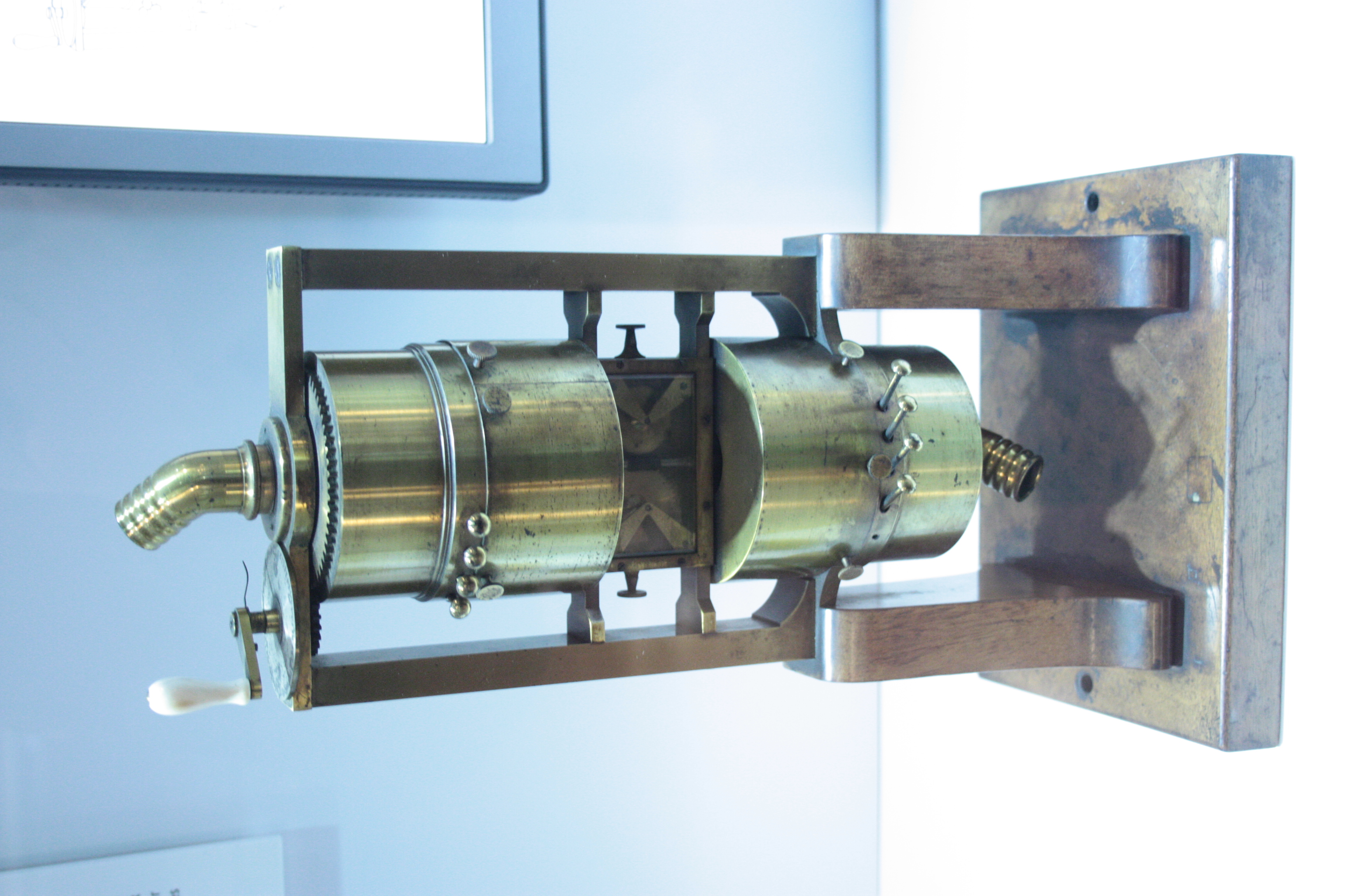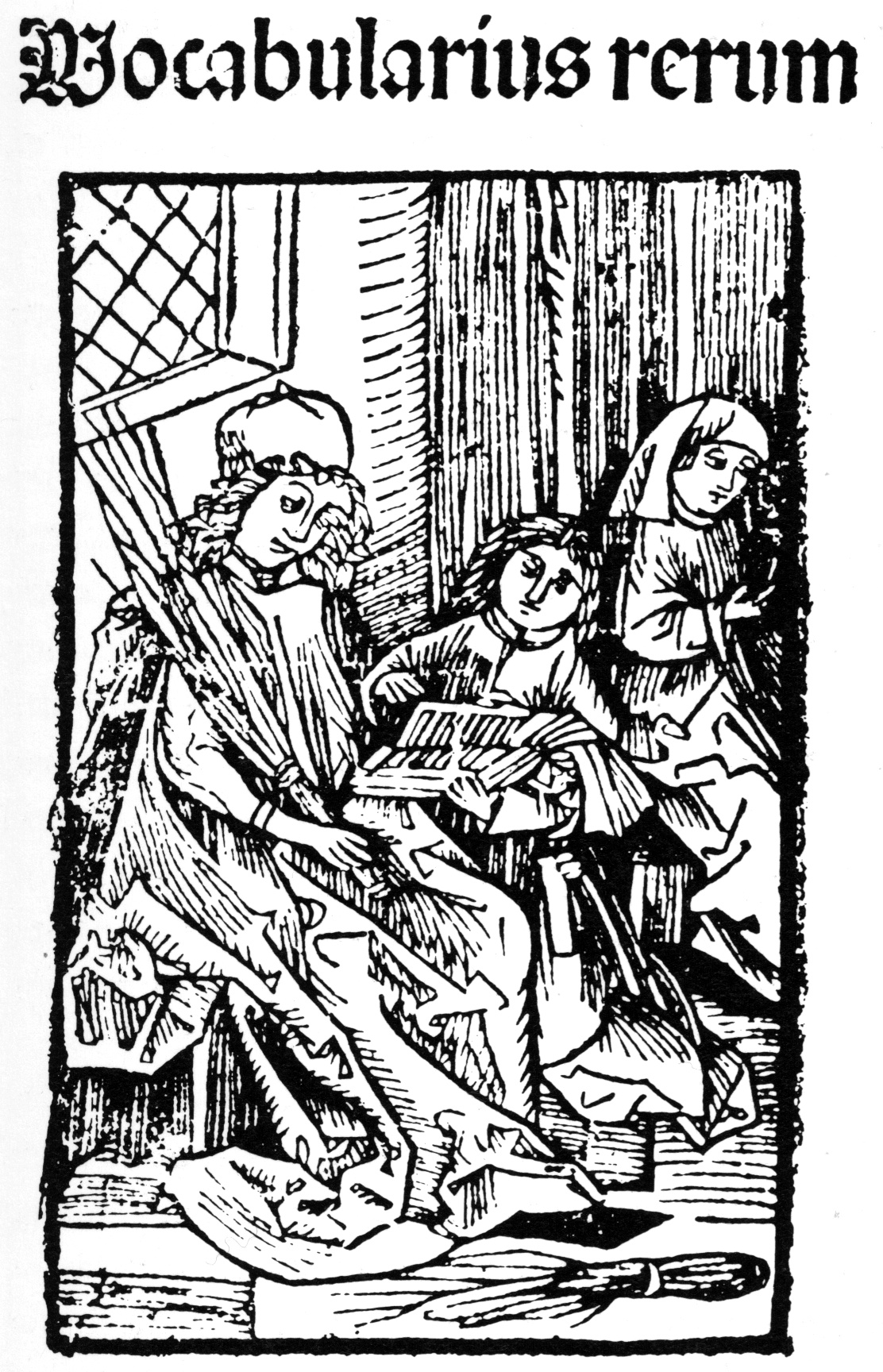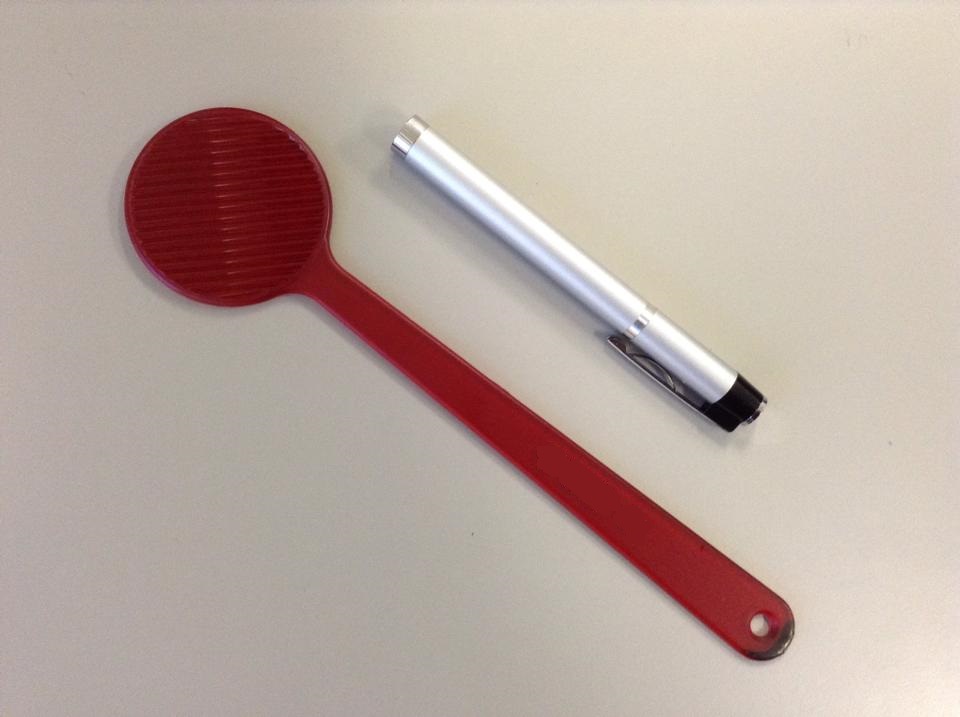|
Margaret Darst Corbett
Margaret Darst Corbett (January 17, 1889 – December 5, 1962)''The National Cyclopaedia of American Biography, Volume G'' New York: James T. White & Company, 1946. p. 103 was an American who promoted the discredited Bates method in an attempt to improve eyesight. She became famous after her prosecution and acquittal on a charge of practicing medicine without a license. Ophthalmologists dismissed Corbett's ideas as . Life Corbett was born in Boston, Massachusetts, on January 17, 1889, to Edward Washington Darst and his wife Minnie Ann. ...[...More Info...] [...Related Items...] OR: [Wikipedia] [Google] [Baidu] |
Boston
Boston (), officially the City of Boston, is the state capital and most populous city of the Commonwealth of Massachusetts, as well as the cultural and financial center of the New England region of the United States. It is the 24th- most populous city in the country. The city boundaries encompass an area of about and a population of 675,647 as of 2020. It is the seat of Suffolk County (although the county government was disbanded on July 1, 1999). The city is the economic and cultural anchor of a substantially larger metropolitan area known as Greater Boston, a metropolitan statistical area (MSA) home to a census-estimated 4.8 million people in 2016 and ranking as the tenth-largest MSA in the country. A broader combined statistical area (CSA), generally corresponding to the commuting area and including Providence, Rhode Island, is home to approximately 8.2 million people, making it the sixth most populous in the United States. Boston is one of the oldest ... [...More Info...] [...Related Items...] OR: [Wikipedia] [Google] [Baidu] |
Helmholtz
Hermann Ludwig Ferdinand von Helmholtz (31 August 1821 – 8 September 1894) was a German physicist and physician who made significant contributions in several scientific fields, particularly hydrodynamic stability. The Helmholtz Association, the largest German association of research institutions, is named in his honor. In the fields of physiology and psychology, Helmholtz is known for his mathematics concerning the eye, theories of vision, ideas on the visual perception of space, color vision research, the sensation of tone, perceptions of sound, and empiricism in the physiology of perception. In physics, he is known for his theories on the conservation of energy, work in electrodynamics, chemical thermodynamics, and on a mechanical foundation of thermodynamics. As a philosopher, he is known for his philosophy of science, ideas on the relation between the laws of perception and the laws of nature, the science of aesthetics, and ideas on the civilizing power of science. ... [...More Info...] [...Related Items...] OR: [Wikipedia] [Google] [Baidu] |
Schoolteachers From Idaho
A teacher, also called a schoolteacher or formally an educator, is a person who helps students to acquire knowledge, competence, or virtue, via the practice of teaching. ''Informally'' the role of teacher may be taken on by anyone (e.g. when showing a colleague how to perform a specific task). In some countries, teaching young people of school age may be carried out in an informal setting, such as within the family (homeschooling), rather than in a formal setting such as a school or college. Some other professions may involve a significant amount of teaching (e.g. youth worker, pastor). In most countries, ''formal'' teaching of students is usually carried out by paid professional teachers. This article focuses on those who are ''employed'', as their main role, to teach others in a ''formal'' education context, such as at a school or other place of ''initial'' formal education or training. Duties and functions A teacher's role may vary among cultures. Teachers may provide ... [...More Info...] [...Related Items...] OR: [Wikipedia] [Google] [Baidu] |
1889 Births
Events January–March * January 1 ** The total solar eclipse of January 1, 1889 is seen over parts of California and Nevada. ** Paiute spiritual leader Wovoka experiences a vision, leading to the start of the Ghost Dance movement in the Dakotas. * January 4 – An Act to Regulate Appointments in the Marine Hospital Service of the United States is signed by President Grover Cleveland. It establishes a Commissioned Corps of officers, as a predecessor to the modern-day U.S. Public Health Service Commissioned Corps. * January 5 – Preston North End F.C. is declared the winner of the inaugural Football League in England. * January 8 – Herman Hollerith receives a patent for his electric tabulating machine in the United States. * January 15 – The Coca-Cola Company is originally incorporated as the Pemberton Medicine Company in Atlanta, Georgia. * January 22 – Columbia Phonograph is formed in Washington, D.C. * January 30 – Rudolf, Crown Prince of Austria and his ... [...More Info...] [...Related Items...] OR: [Wikipedia] [Google] [Baidu] |
1962 Deaths
Year 196 ( CXCVI) was a leap year starting on Thursday (link will display the full calendar) of the Julian calendar. At the time, it was known as the Year of the Consulship of Dexter and Messalla (or, less frequently, year 949 ''Ab urbe condita''). The denomination 196 for this year has been used since the early medieval period, when the Anno Domini calendar era became the prevalent method in Europe for naming years. Events By place Roman Empire * Emperor Septimius Severus attempts to assassinate Clodius Albinus but fails, causing Albinus to retaliate militarily. * Emperor Septimius Severus captures and sacks Byzantium; the city is rebuilt and regains its previous prosperity. * In order to assure the support of the Roman legion in Germany on his march to Rome, Clodius Albinus is declared Augustus by his army while crossing Gaul. * Hadrian's wall in Britain is partially destroyed. China * First year of the '' Jian'an era of the Chinese Han Dynasty. * Emperor Xian of ... [...More Info...] [...Related Items...] OR: [Wikipedia] [Google] [Baidu] |
Stewart Duke-Elder
Sir William Stewart Duke-Elder (22 April 1898 – 27 March 1978), a Scottish ophthalmologist who was a dominant force in his field for more than a quarter of a century. Life Duke-Elder was born in the manse in Tealing near Dundee. His father, Rev Neil Stewart Elder, was the village minister of the Free Church of Scotland. His mother was Isabelle Duke, daughter of Rev John Duke of the Free Church in Campsie, Stirlingshire. Duke-Elder was educated at Morgan Academy in Dundee, and was school dux for 1914–1915. Duke-Elder entered the University of St Andrews in 1915 on scholarship, and graduated in 1919 with a BSc in Physiology and MA (Hons) in Natural Sciences. He graduated from the University of St Andrews School of Medicine in 1923 with an MB ChB. In 1925, he earned an MD from St Andrews for his dissertation on 'Reaction of the eye to changes in osmotic pressure of the blood'. In 1927, Duke-Elder earned a DSc from St Andrews for his thesis on "The nature of the int ... [...More Info...] [...Related Items...] OR: [Wikipedia] [Google] [Baidu] |
Franciscus Donders
Franciscus (Franz) Cornelius Donders FRS FRSE (27 May 1818 – 24 March 1889) was a Dutch ophthalmologist. During his career, he was a professor of physiology in Utrecht, and was internationally regarded as an authority on eye diseases, directing the Netherlands Hospital for Eye Patients. Along with Graefe and Helmholtz, he was one of the primary founders of scientific ophthalmology. Life He was born in Tilburg, the son of Jan Franz Donders and Agnes Elizabeth Hegh. He was educated at Duizel School and seminaries in both Tilburg and Boxmeer. By the age of seventeen, Franciscus Donders had started studying medicine in the School of Military in Utrecht. It was here that he discovered his passion for experimental study, specifically in the field of chemistry. By the age of twenty-two he entered the junior military in order to become a surgeon For several years, the young Donders studied at the Royal Dutch Hospital for Military Medicine in Utrecht, then earning his M.D. in 1840 ... [...More Info...] [...Related Items...] OR: [Wikipedia] [Google] [Baidu] |
Allvar Gullstrand
Allvar Gullstrand (5 June 1862 – 28 July 1930) was a Swedish ophthalmologist and optician. Life Born at Landskrona, Sweden, Gullstrand was professor (1894–1927) successively of eye therapy and of optics at the University of Uppsala. He applied the methods of physical mathematics to the study of optical images and of the refraction of light in the eye. For this work, he received the Nobel Prize in Physiology or Medicine in 1911. Gullstrand is noted also for his research on astigmatism and for improving the ophthalmoscope and corrective lenses for use after removal of a cataract from the eye. He was elected a member of the Royal Swedish Academy of Sciences in 1905, and served on the Academy's Prize Committee for Physics. While serving on the committee, he used his position to block Albert Einstein from receiving a Nobel Prize in Physics for his theory of relativity, which Allvar believed to be wrong. Gullstrand married Signe Breitholtz (1862–1946) in 1885. Due to the ma ... [...More Info...] [...Related Items...] OR: [Wikipedia] [Google] [Baidu] |
Ernest Maddox
Ernest Edmund Maddox (1863 – 4 November 1933) was a British surgeon and ophthalmologist. He was a specialist in abnormal binocular vision and phorias (heterophoria in particular). He made advances in optical treatments and invented several devices to better investigate eye conditions, including Maddox rod, double prism Maddox, red glass Maddox, Maddox cross and Maddox wing. As a keen amateur astronomer he also invented the starfinder, a device to home in on stars and constellations. Life He was born in Shipton-under-Wychwood, the son of J. F. Maddox. He was educated at Mill Hill School then studied medicine at the University of Edinburgh, graduating with an MB CM in 1882 and gaining his doctorate (MD) in 1889. In 1894 he was elected a fellow of the Royal College of Surgeons of Edinburgh. He worked for a decade in Edinburgh alongside Argyll Robertson pupil, Dr Argyll Robertson. In the 1890s he was living at 7 Manor Place in Edinburgh's West End. His neighbour was the lighthou ... [...More Info...] [...Related Items...] OR: [Wikipedia] [Google] [Baidu] |
Thomas Young (scientist)
Thomas Young FRS (13 June 177310 May 1829) was a British polymath who made notable contributions to the fields of vision, light, solid mechanics, energy, physiology, language, musical harmony, and Egyptology. He was instrumental in the decipherment of Egyptian hieroglyphs, specifically the Rosetta Stone. Young has been described as "The Last Man Who Knew Everything". His work influenced that of William Herschel, Hermann von Helmholtz, James Clerk Maxwell, and Albert Einstein. Young is credited with establishing the wave theory of light, in contrast to the particle theory of Isaac Newton. Young's work was subsequently supported by the work of Augustin-Jean Fresnel. Personal life Young belonged to a Quaker family of Milverton, Somerset, where he was born in 1773, the eldest of ten children. At the age of fourteen Young had learned Greek and Latin. Young began to study medicine in London at St Bartholomew's Hospital in 1792, moved to the University of Edinburgh Medical School i ... [...More Info...] [...Related Items...] OR: [Wikipedia] [Google] [Baidu] |
Marius Tscherning
Marius Hans Erik Tscherning (11 December 1854, in Østrup near Odense – 1 September 1939) was a Danish ophthalmologist. Tscherning first studied with Peter Ludvig Panum.O’Shea, R. P., Roeber, U., & Wade, N. J. (2017). On the discovery of monocular rivalry by Tscherning in 1898: Translation and review. i-Perception, 8(6), 1-12. https://doi.org/10.1177/2041669517743523 Then he studied ophthalmology under Edmund Hansen Grut (1831–1907) in Copenhagen. Later Tscherning became an adjunct director at the ophthalmological laboratory at the Sorbonne in Paris. Tscherning spent 25 years at the Sorbonne, where he worked closely with Louis Émile Javal (1839–1907). In 1910 he returned to Denmark as a professor at the University of Copenhagen and head of the ophthalmic department at the Rigshospitalet.Salmonsens konversationsleksikon< ... [...More Info...] [...Related Items...] OR: [Wikipedia] [Google] [Baidu] |






